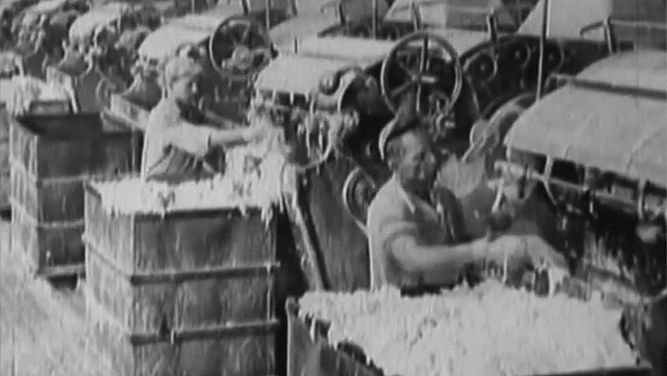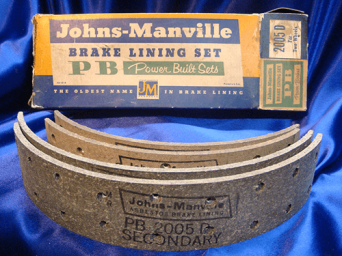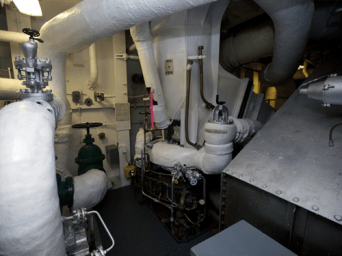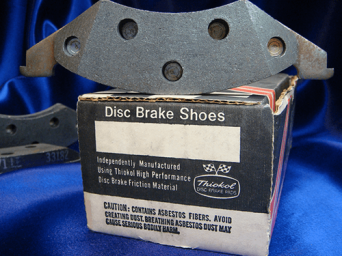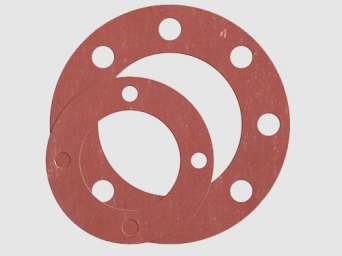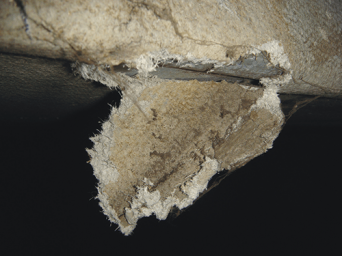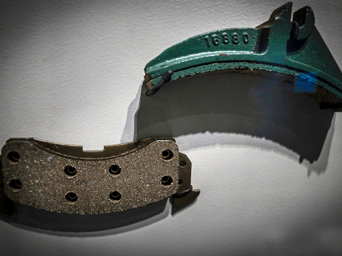The rating of aviation structural mechanic was initially known as aviation metalsmith, having been established in 1921, but was changed in 1948 to what it is today. There are 3 categories of aviation structural mechanics in the U.S. military: aviation structural mechanics structures (AMS), aviation mechanics hydraulics (AMH), and aviation mechanics safety equipment (AME). Each of these branches would have specific responsibilities while on service.
Aviation structural mechanics structures (AMS) were in charge of removing, repairing and replacing hydraulic system pumps, auxiliary power systems, and unit actuating subsystems, as well as maintaining aircraft landing gear systems, brakes, and related pneumatic systems. They would work on emergency actuating devices, pumps, gaskets, valves, regulators, cylinders, lines, and fittings, numerous of which contained asbestos.
Aviation structural mechanic hydraulics (AMH) were responsible for replacing gaskets, packing and wipers in hydraulic components and also with removing and repairing aircraft fuselage, wings, fixed and movable surfaces, airfoils, regular seats, wheels, tires, controls, and mechanisms. This military rating would encounter asbestos on a regular basis too, as many of the components they had to work on were manufactured with the toxic mineral for fire resistance and durability.
Aviation structural mechanics safety equipment (AME) had to perform duties such as maintaining aircraft systems including seat and canopy ejection, gaseous and liquid oxygen, life raft ejection, fire extinguishing, air conditioning, cabin and cockpit heat, pressurization, and ventilation. They also had to remove and install oxygen system valves, gauges, converters, and regulators and to install rig ejection seats, shoulder harnesses, and lap belts.
Aviation mechanics also served in other military branches like the Air Force and Army.
Relevant job titles
- aircraft mechanics and service technician
- aircraft structure and systems assembler
- aerospace engineering and operations technician
- aviation metalsmith
- flight mechanic
- helicopter mechanic
- heavy equipment mechanic
- aircraft mechanic
- flight engineer
- rigger
